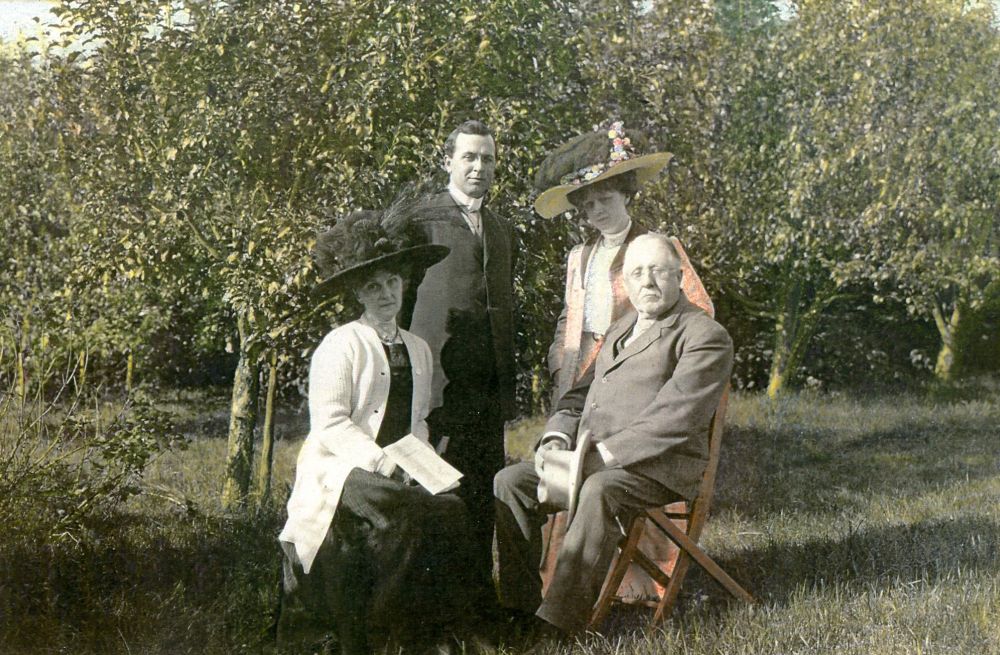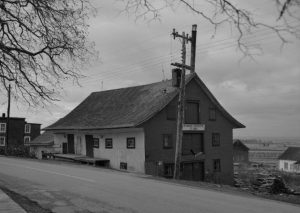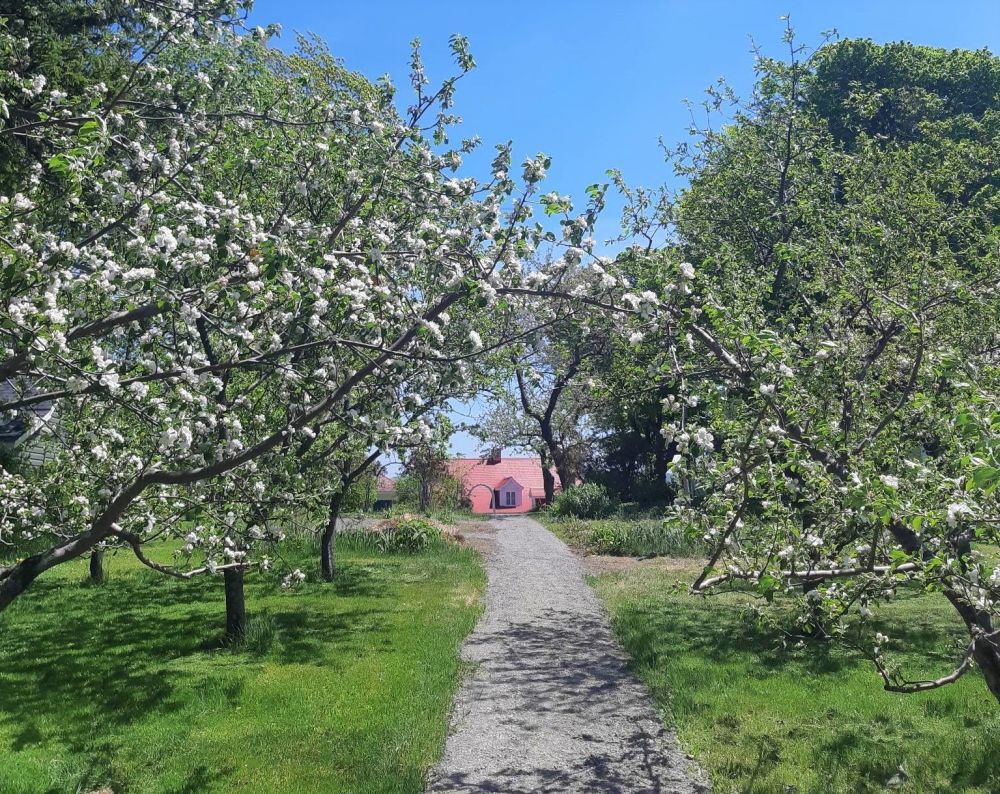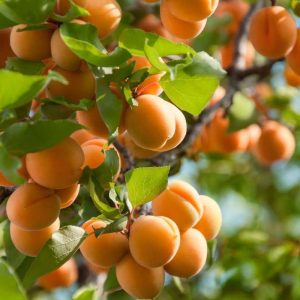A life of experimenting and providing advice
Some people are very curious. They always need to know more.
An experimental orchard was created in Saint-Denis de Kamouraska around 1880 by one such man. His name was Jean-Charles Chapais fils (1850-1926).
Early in his career, Jean-Charles Chapais worked for a few years in the field he had studied. He was a lawyer.
Cheese and butter making school in Saint-Denis de Kamouraska, 1952, photo BAnQ, fonds Paul CarpentierHowever, M. Chapais was most interested in the various aspects of farming and forestry. He wrote about the history of agriculture. He worked in fruit arboriculture and horticulture, while keeping a close eye on dairy production. In fact, he and his brother-in-law, Édouard-A. Barnard, founded the first butter and cheese school in North America, in 1881.
Jean-Charles Chapais was the author of many articles in the Journal d’agriculture. He gave numerous conferences at which he met fruit tree owners. They often told him how difficult it was to grow apples, among other things, in the Bas-du-Fleuve.
That’s all it took for him to set up an orchard behind the family home in Saint-Denis, around 1889. He grew the fruit found in every orchard in the region, but his orchard was not like any of the others. It was experimental.
Chapais experimented with grafting, acclimatization, and disease and pest resistance with his trees. He tried out different treatments. From then on, he based his publications and articles on his observations. He listed the best fruit trees for the Côte-du-Sud and Bas-du-Fleuve regions. His classification criteria were the taste of the fruit, the amount produced per tree, the trees’ ability to live in our climate and their resistance to various pests!
Some ten years after the creation of his experimental orchard, the latter contained almost 40 varieties of apple trees, 20 varieties of plum trees, 9 varieties of cherry trees and 2 types of pear trees. Surprisingly, Chapais even grew apricots.
Jean-Charles Chapais was a member of the Société d’horticulture de L’Islet and the Société de pomologie. He was a visionary. In addition to experimenting with fruit growing, he warned against deforestation. He recommended that trees be used to retain the soil and limit flooding. He was also aware that resource renewal takes time, and made a brief foray into the field of agroforestry.
He and his counterpart, Amable Morin played very important roles throughout the history of fruit horticulture. Chapais, who became Deputy Minister of Agriculture, was the main architect of agricultural reforms in Eastern Quebec.





